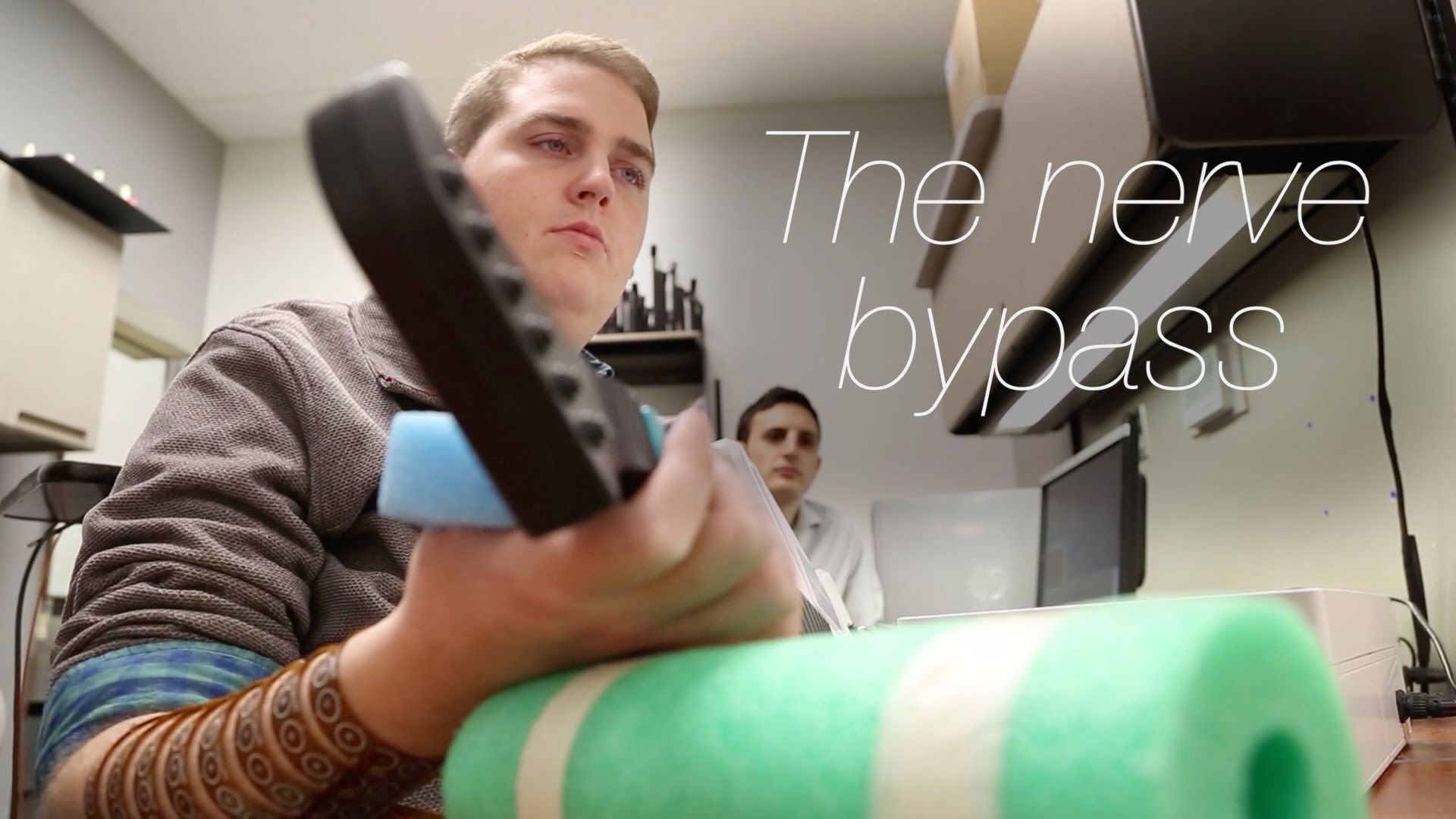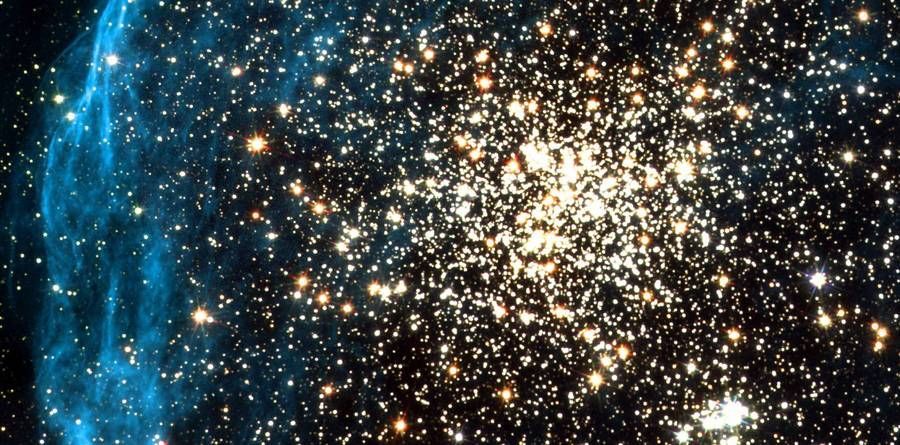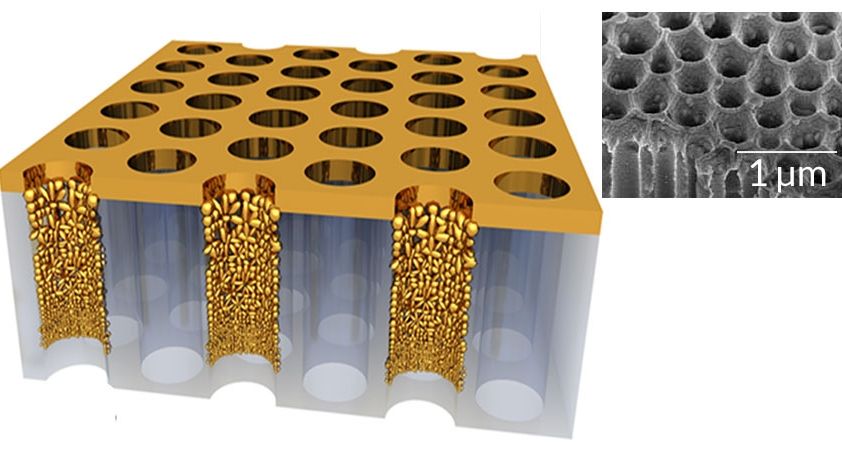DARPA’s newest invention is the Gremlin: a drone that be deployed from a bomber while in flight, execute its mission, and then return to an extraction point where a cargo plane yanks it out of the sky and brings it safely home.
The drones are capable of flying unmanned, but being able to retrieve them makes them reusable, which is both cost-effective and convenient. But drone retrieval also protects U.S. military technology and secrets. Sending fleets of tiny Gremlins on intelligence-gathering missions is one thing, but being able to recapture them instead of leaving them in the hands of hostiles is a huge boon to the military. Gremlin drones have up to three hours to accomplish reconnaissance missions, at which time they automatically fly back to a retrieval area to be collected by a C-130 cargo plane.
Related: DARPA’s 130-foot submarine-hunting drone will take to the sea in April.
But a new study suggests that it’s actually more like the frames of a movie reel running through a projector.
There’s still a lot we don’t know about consciousness and how it arises in the brain. Even though perception—such as vision and hearing—feels smooth and uninterrupted, neuroscientists aren’t entirely sure if it flows continuously like water through a tap or if it’s more like the aforementioned 24-frame-per-second movie reel.
http://io9.gizmodo.com/8-things-we-simply-dont-understand-ab…-949442979
This series explores an anomaly CERN scientists announced last December at the Large Hadron Collider (LHC), where protons are smashed together very close to the speed of light. My first installment explained how two detectors observed results at odds with predictions of the Standard Model. In the jargon of the field, they found a “diphoton excess at 750 GeV.” (My first piece explains what that means.)
This might be a very big deal. The Standard Model, which has withstood all experimental challenges for forty years, is our best theory of the fundamental particles that make up the matter and forces we know about. If the anomaly holds up, we will have come face to face with the Standard Model’s limitations.
But that’s a big “if.” The results are too preliminary for us to say anything for sure right now. Fortunately, CERN restarted the LHC experiments this month and is expected to make another announcement this summer. The new data may show that the anomaly was just statistical noise, but whatever happens, there is much to be learned from these efforts to probe the edges of our understanding. We may learn something about Nature, or we may learn that the existing theory has survived yet another test. In either case, by following how science gets done you can see why it is so exciting—the process as well as the results.
“This abundance of data can be a gold mine for discovery and insights, but finding the nuggets can be arduous, requiring special skills.
A project coming out of the M.I.T. Media Lab on Monday seeks to ease that challenge and to make the value of government data available to a wider audience. The project, called Data USA, bills itself as “the most comprehensive visualization of U.S. public data.” It is free, and its software code is open source, meaning that developers can build custom applications by adding other data.”
The question of how exactly we experience the world through our perception of consciousness is one that’s long intrigued scientists and philosophers. And at its core are two divergent hypotheses.
On the one hand, it could be that consciousness exists as a constant, uninterrupted stream of perception, like how it feels to watch a movie. You sit down with your popcorn and experience a film from beginning to end in one continuous flow, unaware of any segmentation or breakup as you go.
But another hypothesis of consciousness reflects what a film technically is: a series of individual frames of time stitched together into a reel that – when played back – appear seamless. So which is it? Is consciousness a seamless film, or is it a reel composed of discrete moments?









